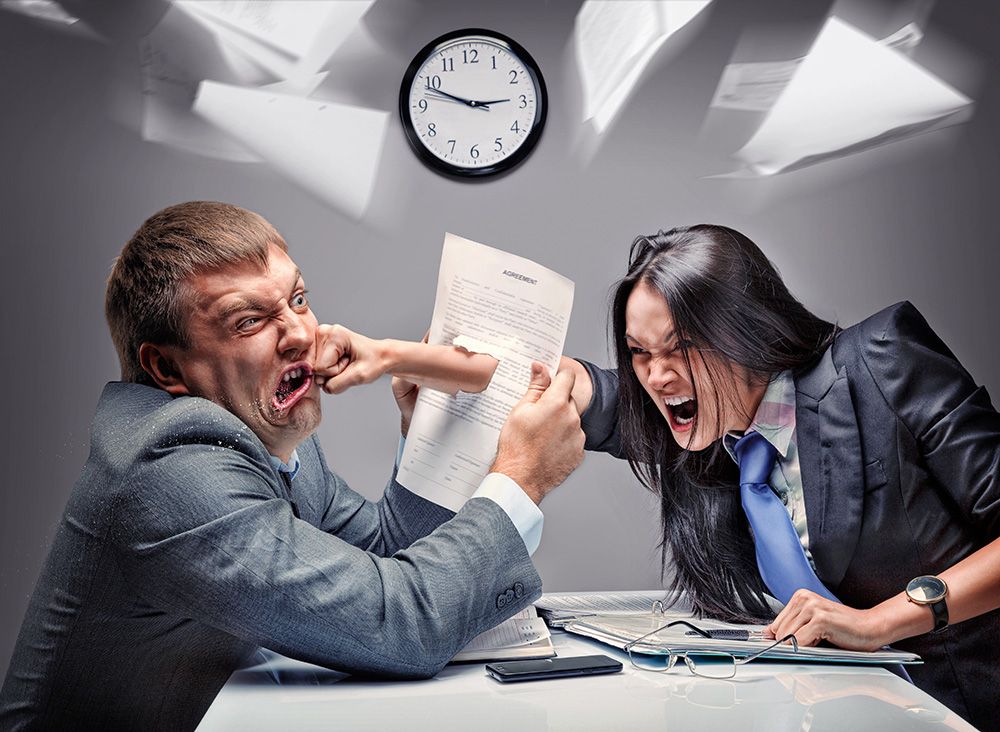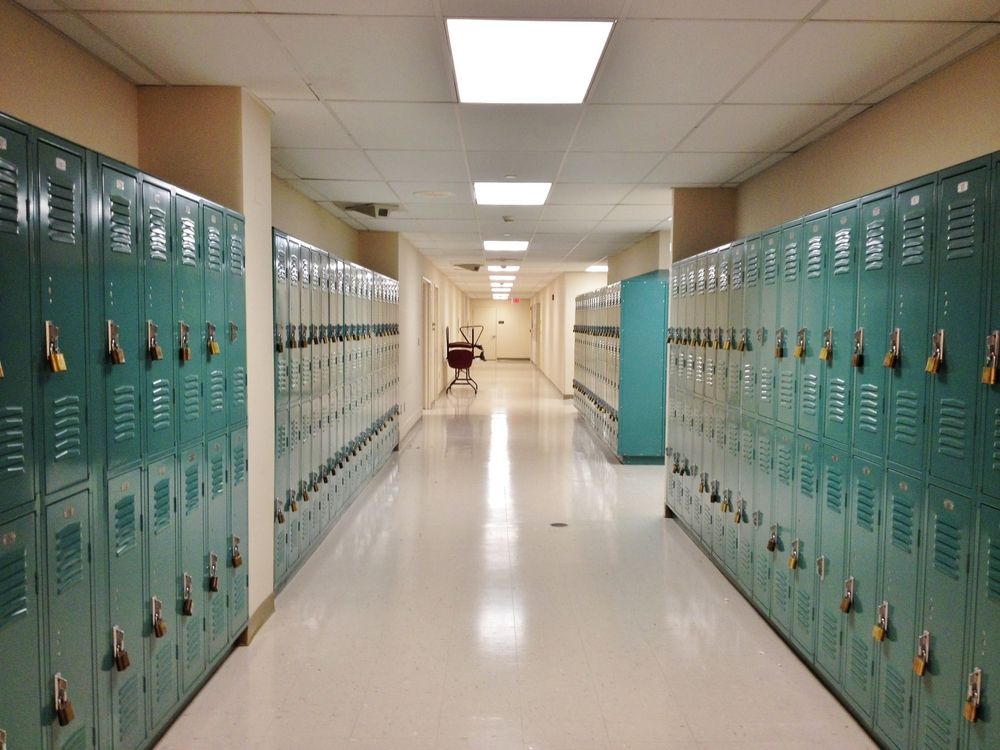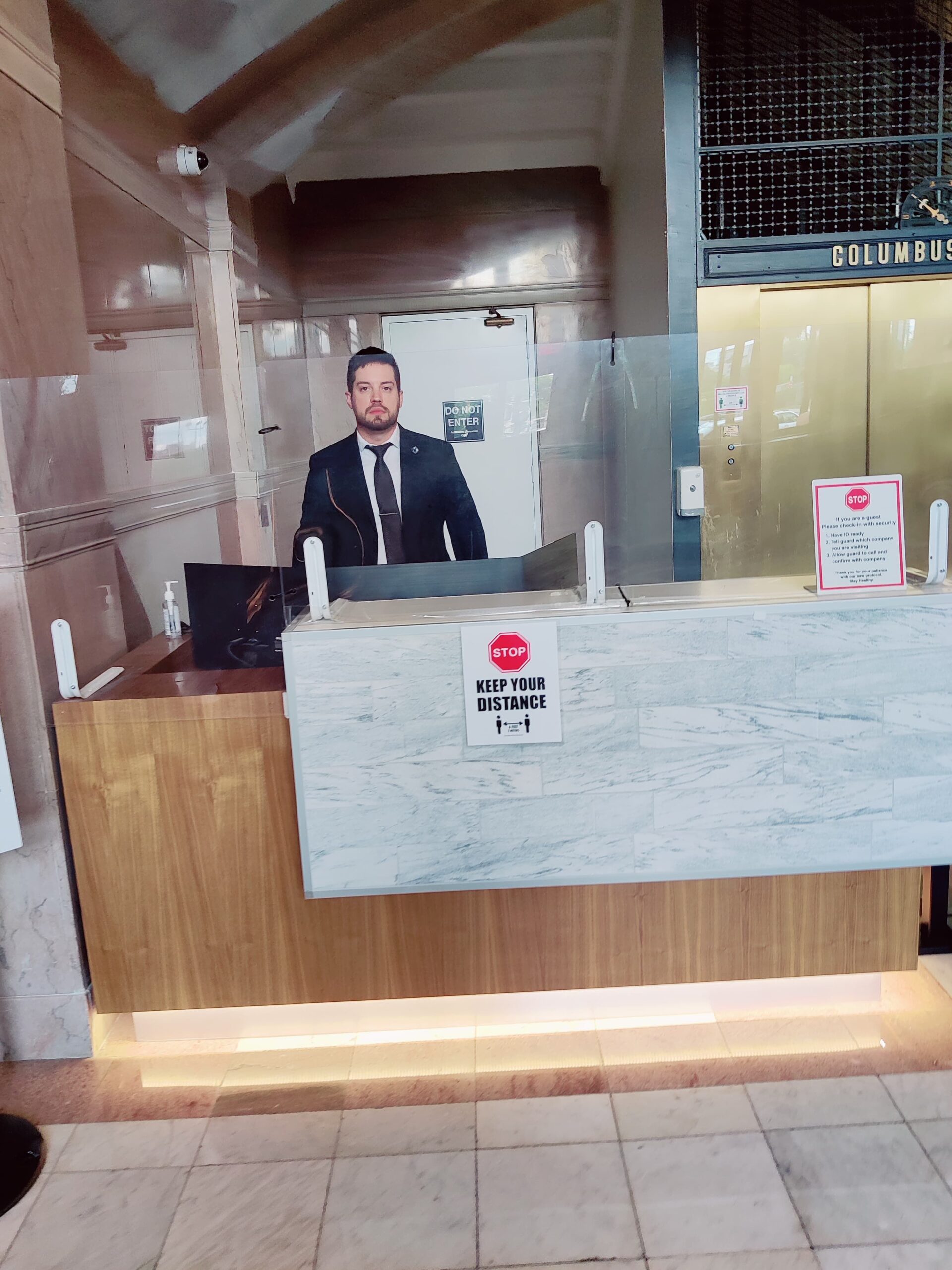Key Takeaways: Executive Protection for Celebrities
- The threat landscape for celebrities has evolved dramatically with social media, requiring more sophisticated protection strategies than ever before.
- Effective celebrity protection balances accessibility to fans with stringent security measures—a delicate equilibrium that requires experienced professionals.
- Beyond physical safety, comprehensive executive protection addresses digital security, psychological well-being, and reputation management.
- The annual cost of protecting high-profile celebrities can range from five to seven figures, depending on threat assessment and required security measures.
- Proper advance work and threat assessment by trained professionals can prevent up to 90% of potential security incidents before they occur.
Celebrity status comes with a price tag that extends beyond the spotlight. As public figures gain prominence, they increasingly become targets for everything from overzealous fans to calculated criminal schemes. Global Risk Solutions specializes in navigating these complex security challenges, providing tailored protection strategies that address the unique vulnerabilities celebrities face in today’s interconnected world.
The protection landscape has transformed dramatically over the past decade. What once focused primarily on physical barriers now requires a sophisticated, multi-layered approach that addresses both tangible and digital threats. Understanding this evolving security environment is crucial for anyone responsible for celebrity safety.
Article-at-a-Glance: Celebrity Protection Essentials
- Risk assessment techniques specific to public figures
- Building effective protection teams beyond traditional bodyguards
- Managing digital exposure and social media vulnerabilities
- Travel security protocols for high-profile movements
- Balancing accessibility with comprehensive protection
Modern celebrity protection extends far beyond the stereotypical large men in black suits and sunglasses. Today’s executive protection specialists combine physical security expertise with technological savvy, psychological awareness, and crisis management skills. They must anticipate threats before they materialize while maintaining their client’s ability to conduct normal business and personal activities.
The stakes couldn’t be higher. Inadequate security measures don’t just risk physical harm—they can devastate careers, destroy brand partnerships, and inflict lasting psychological damage. What follows is a comprehensive examination of what truly effective celebrity protection entails in today’s complex threat environment. For more insights, consider exploring
top recommendations from physical security assessments.
Celebrity Security Threats Are Rising: Here’s Why
The digital age has fundamentally altered the security equation for celebrities. Where once a star might be recognized only through traditional media appearances, today’s celebrities live in a world where their locations, activities, and personal details are constantly shared, tracked, and scrutinized. This unprecedented visibility creates vulnerabilities that previous generations of celebrities never had to consider. For a comprehensive approach to enhancing safety, many are now
choosing the right security personnel to mitigate these risks effectively.
Statistics paint a concerning picture. Reports of celebrity stalking incidents have increased by approximately 40% in the past five years alone. Security breaches at private residences have risen sharply, and the sophistication of these attempts continues to evolve. The democratization of information through social media has inadvertently created a perfect storm for those seeking inappropriate access to public figures. To combat these threats, many are
choosing the right security personnel to enhance safety and ensure peace of mind.
Social Media’s Dark Side: How Digital Exposure Creates Real Danger
When celebrities share glimpses of their lives online, they’re rarely thinking about the security implications. Something as innocent as a restaurant check-in or a vacation photo can provide crucial information to those with harmful intentions. Background details in images often reveal home layouts, security features, and daily routines that can be exploited.
Digital platforms have eliminated traditional barriers between celebrities and the public. Direct messaging features create a false sense of intimacy, while location tagging provides real-time tracking opportunities. Even seemingly innocuous information can be pieced together by determined individuals to create detailed profiles of a celebrity’s movements, preferences, and vulnerabilities.
The Evolution of Stalker Behavior in the Digital Age
Today’s stalkers have tools their predecessors could only dream of. Social media algorithms actually assist obsessive behavior by feeding users more content about the subjects they frequently search for or interact with. This creates digital echo chambers that can intensify fixations and encourage boundary-crossing behavior.
The psychology of celebrity stalking has remained consistent—inappropriate attachment, boundary confusion, and sometimes delusional thinking—but the means to act on these impulses have multiplied. Stalkers can now track locations, study routines through social posts, and even create convincing false identities to gain proximity to their targets. Protection specialists must constantly adapt to these evolving tactics while maintaining a level of normalcy for their clients.
Recent High-Profile Security Breaches That Changed Everything
Several watershed moments have transformed how the industry approaches celebrity protection. The 2016 Paris hotel robbery involving a major reality star demonstrated how social media oversharing can create security vulnerabilities. The perpetrators admitted to using the star’s social media posts to track jewelry displays and determine when security would be minimal. For more insights on how executive protection services can avert potential threats, check out these
success stories.
Home invasions targeting A-list celebrities in exclusive neighborhoods proved that traditional physical security measures alone are insufficient. These incidents often occurred despite gated communities, security systems, and even on-site personnel. What followed was a comprehensive rethinking of celebrity protection protocols, with an increased emphasis on intelligence gathering, digital security, and proactive threat assessment.
The Real Cost of Inadequate Celebrity Protection
When security fails, the consequences extend far beyond the immediate incident. Celebrities face a unique constellation of impacts that can affect every aspect of their lives and careers. The true cost is measured not just in potential physical harm but in psychological well-being, professional opportunities, and financial stability.
For management teams, agents, and production companies, security failures represent significant liability exposure. The legal standard of “reasonable care” continues to evolve, with courts increasingly recognizing the specialized security needs of public figures. This shifting landscape requires a proactive approach to protection that anticipates rather than merely reacts to threats.
Beyond Physical Safety: Psychological Impact of Security Threats
The psychological toll of security breaches often outlasts physical injuries. Celebrities who experience stalking, home invasions, or physical attacks frequently develop anxiety disorders, hypervigilance, and symptoms consistent with post-traumatic stress. These conditions can persist for years, affecting both personal well-being and professional performance.
Career Consequences When Protection Fails
Security incidents can derail careers with startling speed. Production insurance rates often skyrocket after a security breach, making celebrities with protection issues less attractive to studios and producers. Some production companies explicitly avoid casting talent with known security vulnerabilities due to scheduling uncertainties and insurance complications.
Public perception also shifts subtly but meaningfully after security incidents. A celebrity who appears vulnerable may see their perceived star power diminish, affecting everything from appearance fees to endorsement opportunities. The industry’s focus on reliability means that security issues that interfere with work commitments can quickly transform a rising star into a liability.
How Security Incidents Damage Brand Partnerships
Corporate partners have increasingly stringent morality clauses that can be triggered by security-related controversies. When a celebrity’s private content is compromised or they become embroiled in stalking cases that generate negative publicity, brands often exercise their contractual right to distance themselves. These partnership terminations can represent millions in lost revenue, highlighting the importance of
choosing the right security measures.
The reputational damage extends to future opportunities as well. Brands conduct thorough risk assessments before aligning with celebrities, and security issues raise red flags during this process. A single security incident can affect earning potential for years as companies seek partnerships with less complicated public figures.
Legal Liability Issues for Management Teams
Talent management companies face increasing scrutiny regarding their duty of care. Courts have established precedents holding management partially responsible when reasonable security measures weren’t implemented despite known threats. This evolving legal landscape means that inadequate protection isn’t just dangerous for the celebrity—it creates significant exposure for everyone in the professional ecosystem. For more insights, consider exploring
top recommendations from physical security assessments.
Settlements in cases involving security negligence have reached seven and occasionally eight figures. Insurance policies for management companies now specifically address security-related liability, with premiums directly reflecting the protection measures in place for high-profile clients.
4 Unique Challenges in Protecting High-Profile Clients
Celebrity protection presents paradoxes not encountered in other security contexts. The very visibility that creates career success simultaneously generates vulnerability. Understanding these fundamental tensions is essential for creating protection strategies that support rather than undermine a public figure’s professional objectives. For insights on effective security measures, explore
success stories of executive protection services that have thwarted major threats.
1. The Accessibility Paradox: Fans vs. Safety
A celebrity’s brand often depends on perceived accessibility and authentic connection with fans. Yet this same accessibility creates the primary vector for security threats. Protection specialists must navigate this contradiction daily, creating barriers that are invisible enough to maintain the celebrity’s image while substantial enough to ensure safety.
The solution lies in layered security approaches that filter access rather than block it entirely. Successful teams create concentric circles of protection, with varying levels of screening determining who reaches the inner circles. This allows for fan interaction while maintaining control over proximity and contact. Thoughtful venue selection, carefully planned exit routes, and strategic positioning of team members can create safe spaces for fan engagement without obvious security theater.
2. Digital Security: Protecting Personal Information
Digital vulnerability extends far beyond social media oversharing. Celebrities face sophisticated attempts to access their personal accounts, cloud storage, and private communications. These breaches can result in extortion attempts, privacy violations, and the release of sensitive material that damages both personal well-being and professional standing.
Comprehensive protection must include digital security protocols equal to physical measures. This means enterprise-level account protection, regular security audits, secure communication channels, and ongoing education about emerging threats. Many protection teams now include dedicated digital security specialists who monitor for vulnerabilities and attempted breaches, often identifying and neutralizing threats before they materialize.
3. Travel Vulnerabilities: Moving Targets Need Special Protection
Travel creates unique exposure points for celebrities. Airports, hotels, and unfamiliar locations all present distinct challenges that require specialized planning. Advance teams become crucial in these scenarios, securing routes and locations before the celebrity arrives. For further insights, explore some
success stories of executive protection services that have effectively managed such travel vulnerabilities.
International travel compounds these challenges with varying legal frameworks for protection, different security standards, and local threat environments that may target wealthy visitors. Successful travel protection requires detailed knowledge of these variables and established relationships with local security resources. The most effective teams conduct thorough pre-travel risk assessments that account for everything from political climate to local criminal activity patterns.
4. Inner Circle Management: When Friends Become Security Risks
Perhaps the most delicate challenge involves managing the security implications of a celebrity’s inner circle. Friends, romantic partners, household staff, and business associates all have proximity that can be exploited by those seeking access. Security breaches often originate not through direct attacks but through manipulation of these trusted connections. For more insights, check out these
top recommendations from security assessments.
Protection teams must establish protocols that apply to everyone in the celebrity’s orbit without creating friction in personal relationships. This includes background screening processes, confidentiality agreements, and clear guidelines about information sharing. The most successful approaches involve educating the inner circle about why certain protocols matter, transforming them from security subjects into
security partners.
Building Your Celebrity Protection Team
Effective celebrity protection isn’t achieved through a single bodyguard, no matter how qualified. Modern threats require a coordinated team with diverse specializations working from a unified strategy. The composition of this team should reflect the celebrity’s specific risk profile, public exposure level, and professional requirements.
Core Team Members: Beyond Just Bodyguards
Today’s protection team typically includes several distinct roles. Close protection officers provide immediate physical security and often travel directly with the celebrity. Residence security specialists focus on home protection systems, property access, and local threat monitoring. Advance team members scout locations before appearances, identifying vulnerabilities and establishing security protocols specific to each venue.
Less visible but equally critical are intelligence analysts who monitor online threats, assess credibility of concerning communications, and identify emerging patterns of concern. Digital security specialists protect accounts, devices, and communications channels from exploitation. For some high-profile clients, teams also include drivers with evasive driving training and medical personnel prepared for
emergency response.
Essential Qualifications to Look For
The best protection professionals combine formal training with specific character traits. Look for backgrounds in specialized executive protection programs rather than just general security or law enforcement experience. Military backgrounds, particularly in special operations or intelligence roles, often provide valuable training in threat assessment and protective operations.
Beyond credentials, essential personality traits include discretion, emotional intelligence, and adaptability. Protection specialists must navigate complex social environments without creating disruption, requiring a level of polish and situational awareness that goes beyond physical security skills. The ability to blend into different environments while maintaining constant vigilance is particularly valuable for celebrity protection.
Red Flags When Hiring Security Personnel
Beware of protection professionals who name-drop previous clients or share operational details of past assignments. This indicates a fundamental lack of discretion that could compromise your security. Similarly, those who emphasize their physical intimidation capabilities over intelligence-gathering and preventative planning often represent an outdated approach to protection.
Watch for resistance to collaboration with existing teams or unwillingness to adapt to your specific lifestyle needs. Effective protection enhances rather than disrupts the client’s life. The best professionals view themselves as enablers who make normal activities possible rather than restrictors who limit movement. Finally, be cautious of those who cannot clearly articulate their threat assessment methodology or who propose identical protection plans for different scenarios.
The Advance Team: Your First Line of Defense
The most sophisticated protection operations place tremendous emphasis on advance work—the preparation that happens before a celebrity arrives at any location. This critical function often prevents threats entirely by identifying and mitigating vulnerabilities before exposure occurs. Advance teams assess entrance and exit points, secure private areas, identify potential security weaknesses, and establish emergency protocols specific to each venue.
Effective advance work requires both methodical planning and creative problem-solving. The best advance teams develop relationships with local security personnel, identify secure holding areas, and create multiple contingency plans for various scenarios. This preparation dramatically reduces on-site improvisation, allowing the close protection team to focus entirely on the celebrity’s immediate environment rather than logistics or route planning.
Risk Assessment Strategies That Actually Work
Generic security measures inevitably create vulnerabilities. Effective protection begins with a detailed threat assessment specific to the individual celebrity’s situation. This assessment considers the celebrity’s public profile, fan demographics, past security incidents, current controversies, and upcoming public appearances to create a comprehensive risk profile. For more insights, check out these
top recommendations from physical security assessments.
The 3-Tier Threat Assessment Model
Professional protection teams typically categorize threats into three distinct tiers based on capability, intent, and opportunity. Tier 1 threats demonstrate all three elements—they have expressed clear intent to harm, possess the means to carry out their plans, and actively seek opportunities for access. These high-priority threats require immediate countermeasures and ongoing monitoring.
Tier 2 threats show concerning behavior but lack one critical element, such as physical proximity or concrete plans. These situations require vigilant monitoring and preventative measures to ensure they don’t escalate. Tier 3 threats represent generalized risk factors without specific targeting, such as operating in high-crime areas or situations with limited security infrastructure. This methodical categorization ensures resources concentrate where they deliver maximum security benefit.
Location Security Audits: What to Check
Physical spaces present unique security challenges that require systematic evaluation. Comprehensive location audits examine access points, surveillance coverage, staff screening procedures, and emergency response capabilities. For recurring locations like residences, restaurants, and fitness facilities, these audits establish baseline security protocols that become part of the celebrity’s routine protection.
The most effective audits consider both obvious and non-obvious vulnerabilities. While secure entry points and surveillance systems receive immediate attention, factors like staff vetting procedures, delivery protocols, and digital security measures are equally important. Protection teams should develop location-specific security enhancements that address identified vulnerabilities without creating obvious security indicators that might attract unwanted attention.
Digital Footprint Analysis
Understanding what information is publicly available about a celebrity is fundamental to effective protection.
Digital footprint analysis catalogs all accessible data—from property records and travel patterns to relationships and daily routines—that could be exploited by someone with harmful intentions. This analysis often reveals surprising vulnerabilities created by seemingly innocuous information scattered across various platforms.
Once identified, these digital exposures can be systematically addressed through privacy settings adjustments, strategic information management, and monitoring services that alert to new exposures. Many celebrities are shocked to discover how much sensitive information remains publicly accessible despite their privacy efforts. Regular digital footprint audits should become standard practice as online information environments continuously evolve.
Tech Tools Transforming Celebrity Protection
Technology has dramatically expanded both threats and protective capabilities in celebrity security. The most effective protection programs leverage technological tools that enhance human capabilities rather than attempt to replace the judgment of experienced security professionals. The integration of these systems requires careful planning to ensure they work seamlessly together rather than creating isolated security islands.
Surveillance Systems Worth the Investment
Modern surveillance capabilities extend far beyond traditional cameras. Advanced systems now incorporate artificial intelligence that can identify unusual behavioral patterns, facial recognition that alerts to persons of interest, and integration with mobile monitoring that allows protection teams to maintain situational awareness remotely. These capabilities allow smaller teams to provide more comprehensive coverage while minimizing the visible security footprint.
For residences and frequently visited locations, layered surveillance creates concentric security zones with increasing sensitivity.
Perimeter detection establishes the first alert, while interior monitoring provides verification and response time. The most sophisticated systems incorporate both visible deterrent elements and concealed monitoring that remains undetectable to potential intruders, creating redundant protection layers.
Communication Equipment for Protection Teams
Seamless communication remains the backbone of effective protection operations. Today’s teams utilize encrypted channels, discreet earpieces, and specialized communication protocols that maintain constant contact without creating obvious security indicators. These systems allow for immediate threat information sharing and coordinated responses across team members who may be physically separated but functioning as a unified protective entity.
The best communication setups incorporate redundancy to prevent single points of failure. Primary systems typically use dedicated frequencies or encrypted digital channels, while backup options might include secure messaging apps or predetermined emergency protocols. Communication discipline—knowing when to communicate and when to maintain silence—remains as important as the technology itself.
Vehicle Security Technology
Transportation security has evolved significantly beyond armored vehicles. Today’s secure transportation incorporates GPS tracking with geofencing alerts, communications jammers that prevent electronic eavesdropping, and even systems that can detect tracking devices attached to vehicles. For high-risk situations,
route randomization algorithms help avoid predictable patterns that could enable targeting.
Vehicle selection itself represents an important security decision, balancing protection with practicality. While fully armored vehicles offer maximum protection, they also create visibility that may be undesirable for lower-profile movements. Many protection teams maintain a fleet with various security levels, selecting appropriate vehicles based on current threat assessments and client preferences.
Personal Security Apps and Their Limitations
The market offers numerous personal security applications promising enhanced protection through features like panic buttons, location sharing, and automated check-ins. While these tools can supplement professional protection, they should never be considered replacements for trained personnel. Their primary value lies in facilitating communication between the celebrity and their protection team rather than providing standalone security.
Creating a Protection Plan That Doesn’t Limit Your Life
The most sophisticated protection approaches balance security with lifestyle quality. Effective protection enables rather than restricts, creating systems that manage risk while preserving the celebrity’s ability to conduct professional activities and maintain personal relationships. This balance requires deep understanding of both security principles and the specific needs of entertainment professionals whose careers depend on public engagement.
Daily Routine Security Protocols
Routine movements create both vulnerability and opportunity from a security perspective. Predictable patterns increase risk, but established routines also allow for detailed security planning that can actually enhance protection while minimizing disruption. The key lies in creating variability within structure—maintaining general lifestyle patterns while introducing enough randomization to prevent targeting based on schedule predictability. For more insights, consider reading about
custom security protocols tailored for specific needs.
Event Security Planning Timeline
Major appearances require coordinated planning between the celebrity’s team and event security personnel. Professional protection teams typically begin this process weeks in advance, conducting site surveys, establishing coordination protocols with venue security, and developing position assignments for team members. This preparation ensures that protection remains unobtrusive while maintaining complete coverage.
A structured timeline ensures nothing falls through the cracks: 2-4 weeks before the event, conduct initial site surveys and coordination meetings; 1-2 weeks prior, finalize security positions and emergency protocols; 24-48 hours before, perform final security sweeps and brief all team members; day-of execution focuses on maintaining protective coverage while enabling the celebrity to fulfill their professional obligations. This methodical approach transforms potentially chaotic situations into managed environments.
Emergency Response Procedures Everyone Must Know
Even perfect planning can’t eliminate all risks, making emergency response protocols essential. Every person in the celebrity’s inner circle should understand basic procedures for various scenarios: medical emergencies, security breaches, evacuation needs, and communication during crisis situations. These protocols should be simple enough to execute under stress but comprehensive enough to address likely scenarios.
Your Security Action Plan: First Steps to Take Today
Begin with a comprehensive threat assessment conducted by qualified professionals who understand the entertainment industry’s unique security challenges. This assessment should examine your public profile, prior security concerns, residential security, travel patterns, and digital vulnerabilities. From this foundation, develop a tiered security plan that addresses immediate vulnerabilities while building toward comprehensive protection. Remember that effective security evolves continuously—regular reassessment and adaptation ensures protection remains relevant as both your profile and the threat landscape change.
Frequently Asked Questions
Celebrity protection generates many questions, particularly from those new to the industry or experiencing increased public visibility. The following addresses the most common inquiries based on decades of protection experience with high-profile clients across entertainment sectors. For those interested in specific scenarios, you might find our
success stories insightful.
These answers provide general guidance, but remember that effective protection is always tailored to individual circumstances. What works for one celebrity may be inappropriate for another based on their specific risk profile, public exposure, and lifestyle considerations.
How much does professional executive protection typically cost for celebrities?
Professional protection costs vary dramatically based on risk level, public profile, and coverage requirements. Entry-level services with limited coverage typically start around $1,000-2,000 daily, while comprehensive protection with dedicated teams, advance work, and 24/7 coverage can range from $500,000 to several million annually. Most established celebrities fall somewhere between these extremes, with costs reflecting their specific security needs rather than predetermined packages. For those considering different security options,
choosing between armed and unarmed guards can be a crucial decision in tailoring security services to their needs.
Can celebrities travel internationally with their security team?
International travel with protection requires careful planning but is entirely feasible with proper preparation. Many countries have specific regulations regarding security personnel, particularly concerning weapons permits and legal authority. Professional protection teams navigate these requirements by either securing necessary permits or partnering with licensed local providers who operate under their direction.
The most effective international protection combines members of the celebrity’s regular team who understand their specific needs with local security professionals who contribute jurisdiction-specific knowledge and legal authority. This hybrid approach maintains consistency while ensuring compliance with local regulations.
What’s the difference between a bodyguard and an executive protection specialist?
Bodyguard vs. Executive Protection Specialist
Bodyguard: Focuses primarily on physical protection and immediate threat response. Typically operates reactively. Limited training in threat assessment and preventative security.
Executive Protection Specialist: Comprehensive security approach combining physical protection with threat intelligence, advance work, and strategic planning. Extensive training in both prevention and response. Emphasizes low-profile protection that enables normal activities while maintaining security.
The distinction extends beyond terminology to fundamental differences in approach and capability. Executive protection represents a strategic discipline focused on threat prevention through intelligence gathering, advance preparation, and coordinated team operations. This proactive methodology contrasts sharply with the reactive, primarily physical protection associated with traditional bodyguarding.
For celebrities whose careers depend on public interaction and image management, this difference becomes crucial. Executive protection specialists understand the entertainment industry’s unique requirements and develop security solutions that support rather than impede professional activities. They recognize that protection extends beyond physical safety to encompass reputation management, privacy concerns, and lifestyle preservation.
Should family members of celebrities also have protection?
Family members often represent significant vulnerability points in a celebrity’s security profile. Those seeking access or leverage against public figures frequently target family members who may have less rigorous protection. This risk becomes particularly acute for celebrity children, who may face kidnapping threats or be used as vectors to gain proximity to the celebrity. Protection planning should consider the entire family unit rather than focusing exclusively on the public figure.
How do I know if my current security measures are sufficient?
Security sufficiency can be evaluated through independent assessment by qualified professionals not currently involved in your protection. This objective review should examine your threat profile, existing security measures, and protection gaps. Effective assessment includes penetration testing that ethically challenges current systems to identify vulnerabilities before they can be exploited maliciously.
Warning signs of insufficient protection include security incidents that reach physical proximity before intervention, stalkers who successfully make repeated contact attempts, or unauthorized information disclosures that compromise privacy. If these situations occur despite existing measures, immediate
security reassessment is warranted.
Protection needs evolve with changing professional circumstances, shifting public profiles, and emerging threat vectors. What was adequate last year may be insufficient today. Regular security audits—typically quarterly for active celebrities—ensure protection evolves alongside both career trajectory and the broader threat environment.
Comprehensive celebrity protection represents an investment in both personal safety and career longevity. By implementing strategic, layered security measures tailored to your specific circumstances, you create the foundation for sustainable success in an industry where personal security and professional achievement are inextricably linked.





